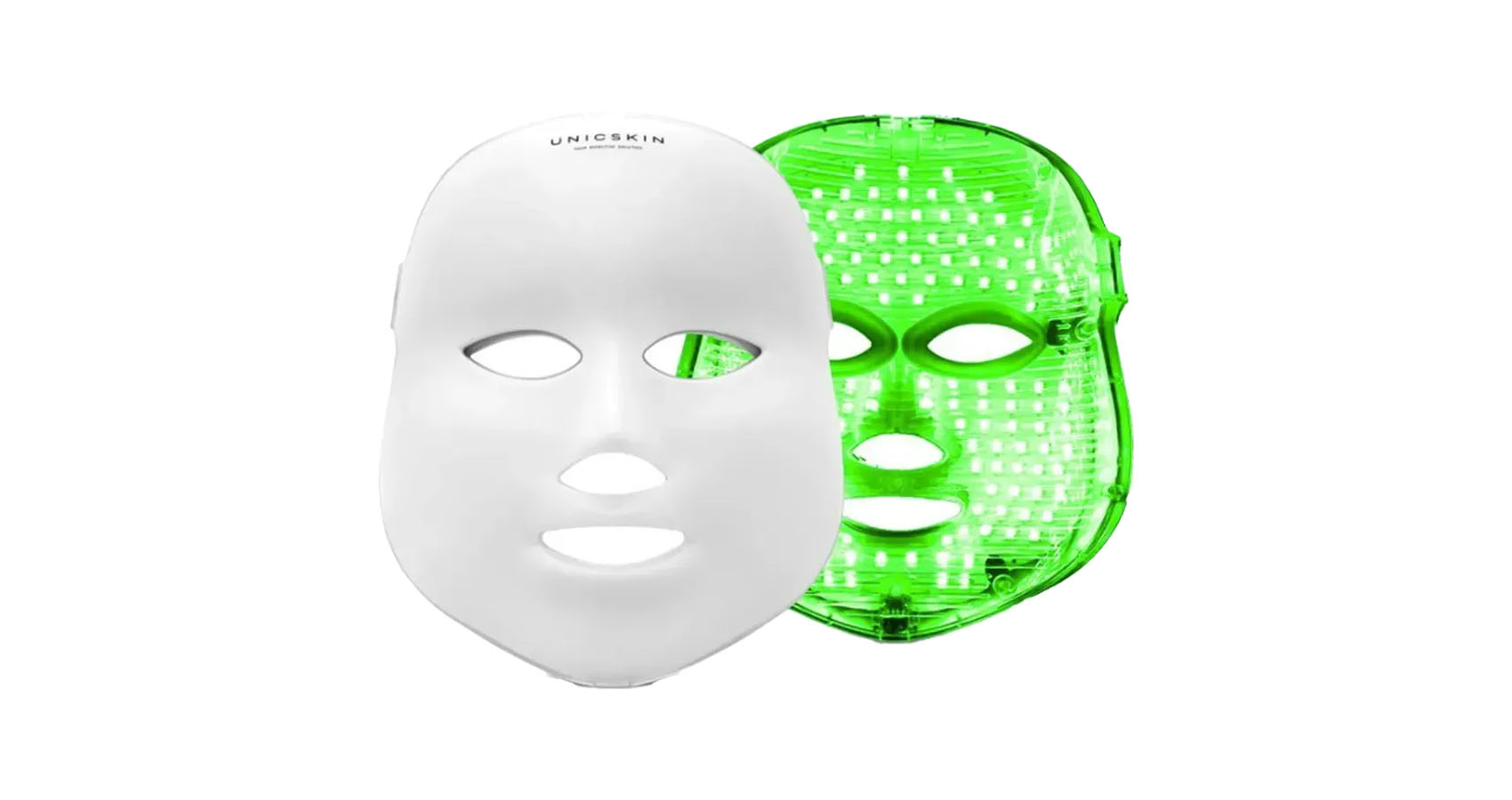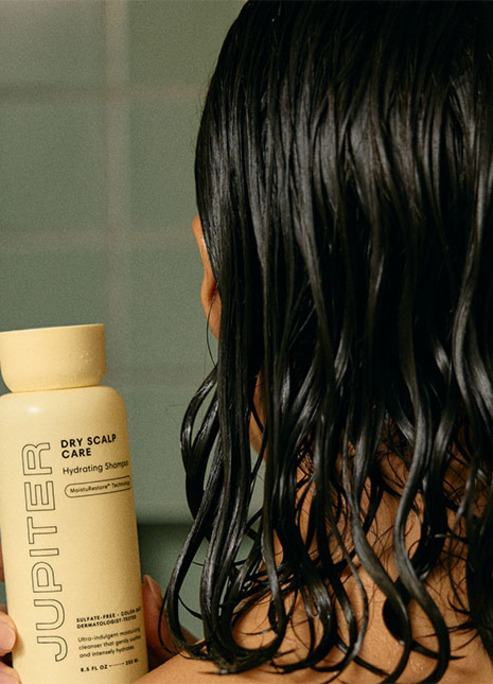
LED Masks, a Light Therapy for a Bright Skin
They are celebrities' new secret weapon.
Once confined to the dermatologist's office, LED masks are now available for all. Indeed, it is now possible to use this light therapy device from the comfort of one's home. But what exactly are those futuristic masks? And are they safe? Here's a breakdown of the popular trend.
1. Let there be light
Light therapy, also known as phototherapy, uses light to treat various ailments. This alternative medicine entails daily exposure to a white artificial light known as "broad spectrum," which imitates the sun or has similar properties.
Its primary goal is to treat disorders caused by a disturbance in the internal biological clock, such as seasonal depression or sleep issues.
Indeed, studies have shown that the light emitted by light therapy lamps can significantly influence mood and sleep patterns.
Furthermore, light therapy is also helpful in treating a wide range of skin conditions. Niels Finsen, a Danish physician, discovered the therapeutic effects of light on the skin in the early 1900s. He won a Nobel Prize for his work. Following researchers would soon confirm Finsen's findings regarding the benefits of LED light on the skin. In 1968, doctor Endre Mester found that the red light from a laser could speed wound healing without harming the skin. Likewise, NASA discovered in the 90s that light therapy was effective in healing astronaut wounds in a zero-gravity environment.
Since then, light therapy through LED devices has been used in medical and aesthetic centers to treat various issues: psoriasis symptoms, wrinkles, dullness, acne, and redness. The non-invasive and painless nature of this method has made it increasingly popular.
2. Choosing the right LED mask
Standing for light-emitting diodes, LEDs are monochromatic lights. They transmit narrow bands of light from the solar spectrum, from blue, green, yellow, orange, and red to infrared. LED face masks use different colors of light, each with specific wavelengths that penetrate the skin at varying depths and provide different benefits.
- Blue LED (490 nm)
The blue LED stimulates the epidermis and sebaceous glands. With its anti-bacterial properties, it specifically treats acne and sebum regulation.
- Green LED (520 nm)
The green LED light affects the complexion's radiance. It evens out the complexion and reduces the visibility of pigmentation spots.
- Yellow LED (590 nm)
Yellow LED light infiltrates the skin till the end of the epidermis. This hue increases blood circulation and reduces redness. Combined with red light, it is also effective in reducing stretch marks.
- Red light (630 nm)
The red LED penetrates a deep layer of the skin, the dermis. In addition to reducing wrinkles, it stimulates fibroblasts and increases collagen production.
Although RGB LEDs are the most common type of LED utilized, some masks can emit up to seven colors. In addition, these masks can produce multiple colors by adjusting the intensity of the red, green, and blue LEDs.
3. How to get light therapy
LED sessions can be done at any clinic or spa offering this service. Your requirements will be evaluated in advance. The procedure begins with the removal of dead skin, which is followed by a thorough cleansing. On average, the session lasts twenty minutes.
Five or six sessions over a few days will yield the best results.
On the other hand, you can purchase a LED mask for a DIY session of red light therapy at home. Start by washing your face with an exfoliating cleanser to remove dead skin. Then, it is essential to dry your skin thoroughly. Finally, use protective eyewear to keep your vision intact.
You can find LED masks starting from 50 dollars. There are picks for every budget. Luxe versions like Dr. Dennis Gross Skincare SpectraLite FaceWare mask can go up to 450 dollars.
Find the UnicLED Korean Mask for $450 here.
Before purchasing a product, conduct some research to compare the lifespan of the various models available.
4. Is a home LED mask safe to use?
Because they are gentle and use little energy, LED face masks are safe. Nevertheless, some precautions are in order.
It's best to avoid light therapy if you have an underlying eye disease or suffer from photosensitivity or epilepsy. Likewise, light therapy isn't recommended if you are under specific treatments such as cortisone, steroids, or tetracycline.
Besides, always follow the instructions for using an LED mask and ask a health professional for advice.
At last, the effects of LED masks are not permanent; thus, a refresh will be needed.
Up Next, TikTok's 'Bold Glamour' Filter Is Alarmingly Good











